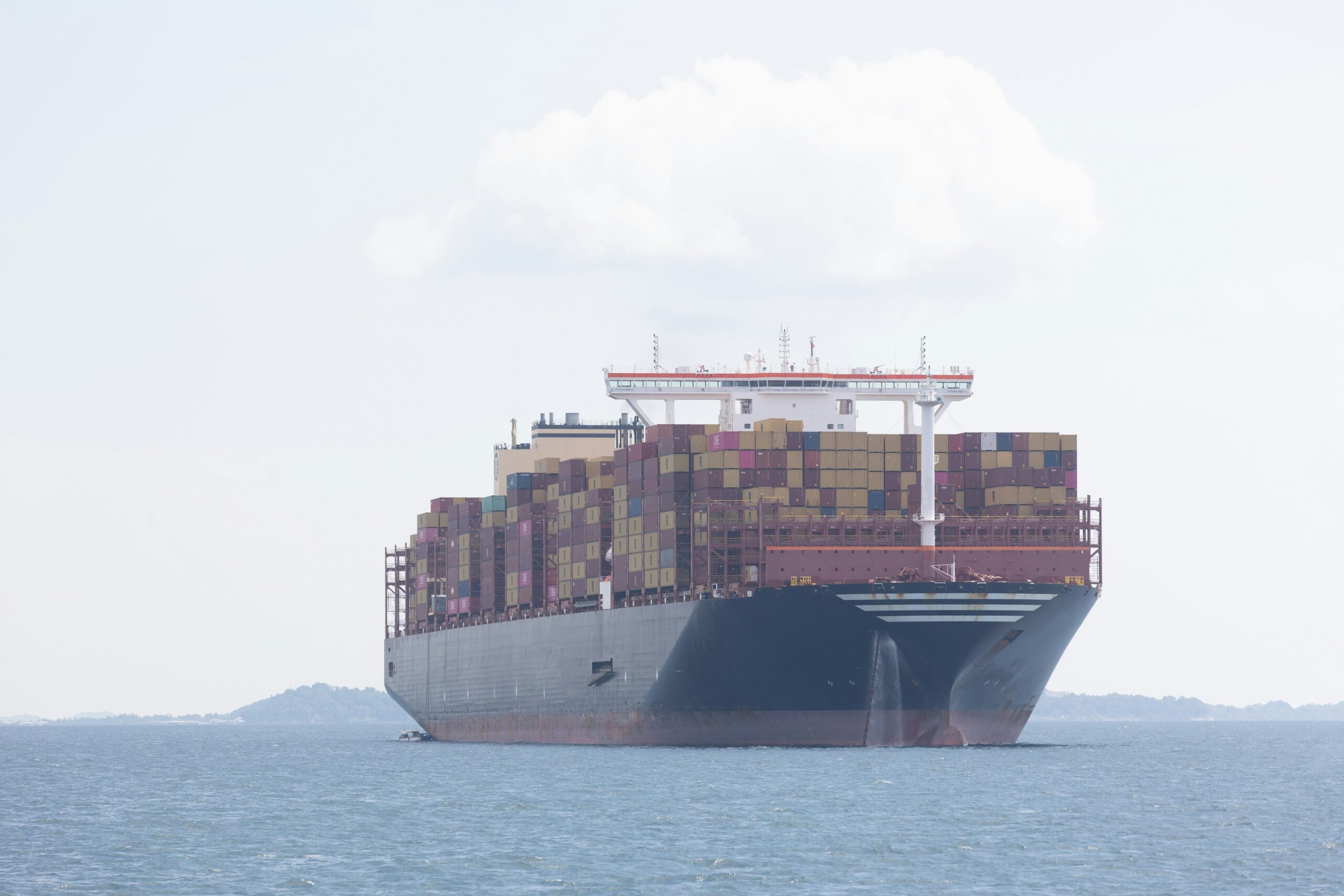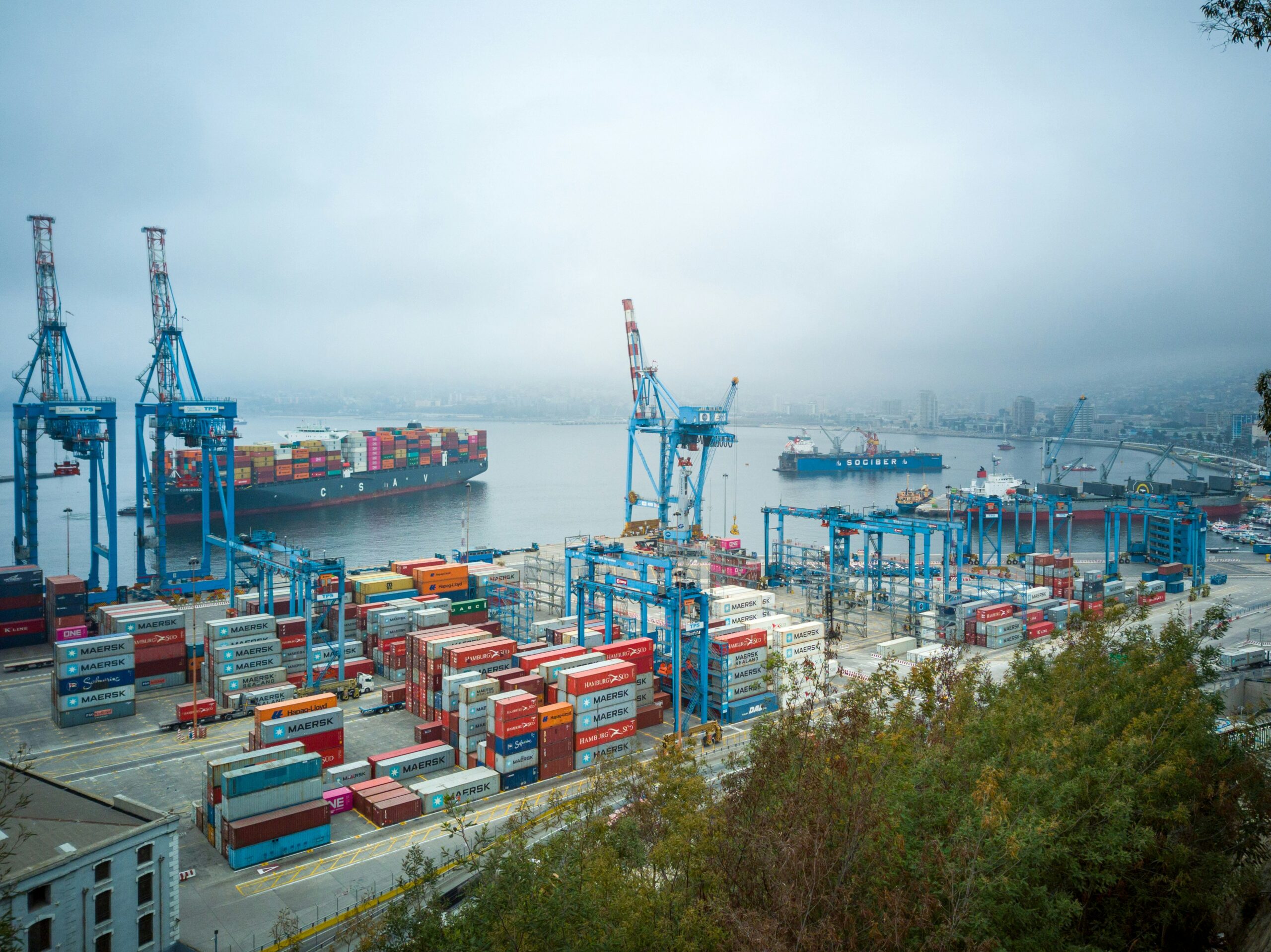When tariffs rise or trade policies shift unpredictably, the ripple effects across the supply chain are swift and severe. For finance leaders, this isn’t just a compliance challenge – it’s a strategic inflection point.
The Office of the CFO’s Imperative: Adaptive Capital Strategy
Increased tariffs act like a tax on inputs, which tightens margins and complicates cash flow forecasting. This forces a shift in working capital strategy – from reactive cost containment to proactive capital reallocation. CFOs who treat tariffs solely as a line-item cost miss the broader picture: tariffs impact inventory positioning, supplier relationships, sourcing decisions and even customer pricing structures.
This is where financial agility becomes a growth lever.
By reassessing your capital structure and taking a connected capital approach, finance can realign liquidity to where it has the highest strategic impact – such as prepaying key suppliers to lock in price stability, investing in nearshoring to mitigate risk, or increasing access to alternative capital to bridge timing gaps in a volatile sourcing environment.
Liquidity Under Pressure: Building Cushion Without Drag
Tariffs, trade restrictions, and shifting geopolitical alliances strain liquidity in two key ways:
- Longer lead times and higher landed costs: Capital gets trapped in transit or held in warehouses.
- Disrupted supplier terms: Counterparties may demand faster payment or shift risk downstream.
In this context, traditional metrics like DPO and DSO no longer tell the full story. Savvy finance strategists are building liquidity buffers not just to survive tariff-related disruption, but to deploy them as competitive advantages – allowing their companies to secure preferred vendor status, meet customer demand faster, or capitalize on distressed asset buys when competitors falter.
Tariffs as a Catalyst for Strategic Reinvention
While the immediate response to tariffs may be defensive (e.g., rerouting supply chains or raising prices), the long-term opportunity is offensive: transforming your capital allocation model to favor agility over rigidity.
Ask yourself:
- How quickly can your organization pivot sourcing or pricing strategies?
- Do you have the right funding partners in place to flex when trade winds shift?
- Is your working capital trapped in the wrong parts of your value chain?
The companies that win in a tariff-laden future won’t be the ones that simply absorb costs – they’ll be the ones that translate those pressures into liquidity-backed decisions that fuel innovation and market share expansion.
Contact us to see how GSCF can support your working capital needs.
Explore our latest playbook for finance leaders navigating trade uncertainty.



